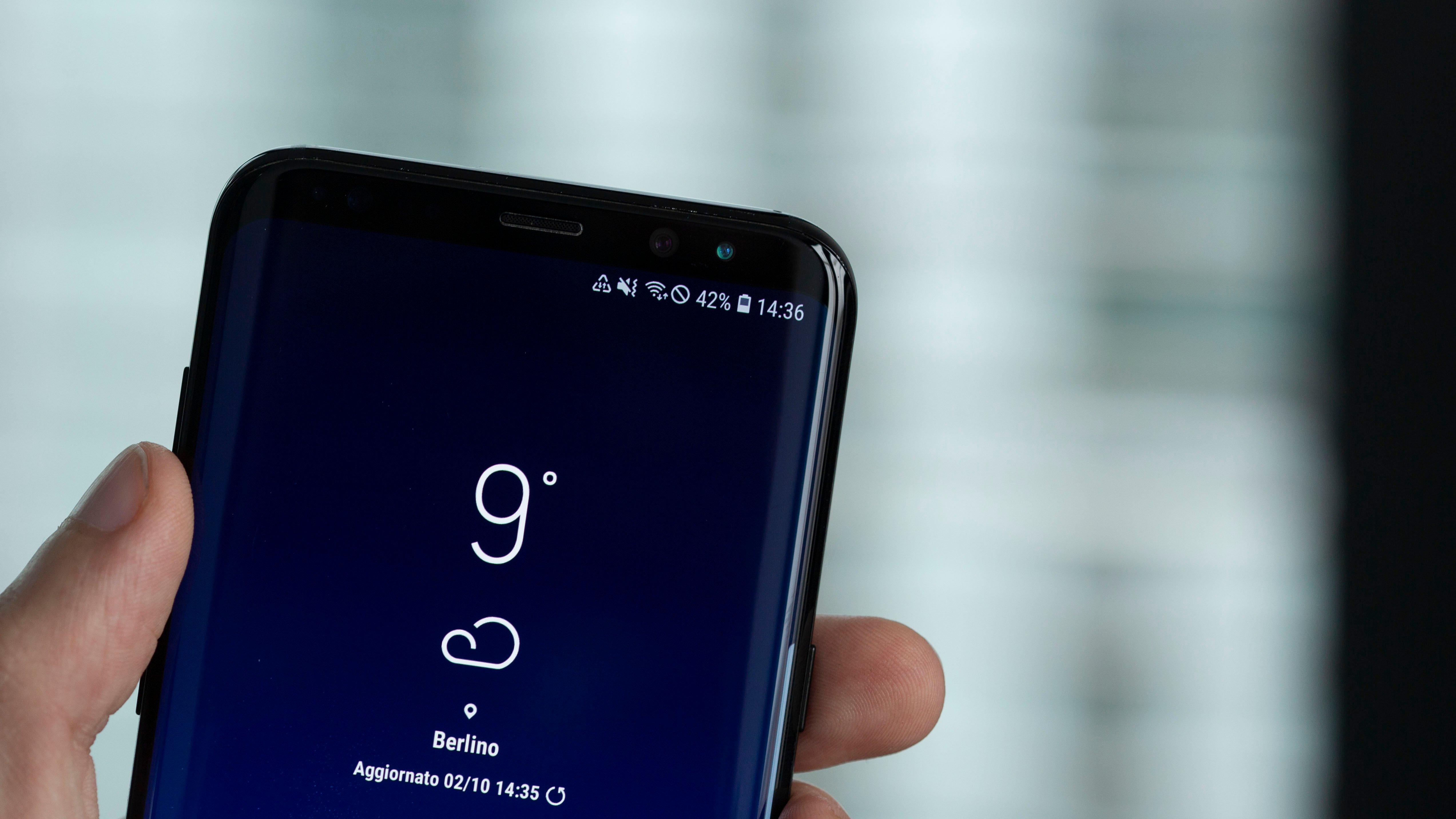
You can always make an image smaller without losing quality, but you can’t make an image much bigger before noticing a drastic reduction in quality. The dimensions will determine how big the image appears on screen.

If you reduce the number of pixels per square inch (PPI) in an image, you’ll effectively increase the dimensions. The relationship between resolution and dimension is directly connected. When you resize an image, you change the dimensions and density of pixels that define its quality. Check out tip #5 in this article for a quick guide on checking your effective PPI in Adobe InDesign.Ĭan You Change an Image Size to Whatever You Want? The exact method depends on the program you’re using. Since dimensions and resolution are relative, the best time to check the effective DPI of your image is when you place it in your design at the size you desire. If your goal is to print, work in inches or centimeters. In this example, with 300 Pixels/Inch (PPI), I can print my image as-is at 16 x 9 inches without having to worry about image quality. Toggle the unit of measurement to see the dimensions of your image in inches. Simply open your image and go to Image > Image Size. You can easily check the DPI/PPI of any image in Adobe Photoshop. Need common centimeters to pixels? We got you covered there, too.

Use this chart for common inches to pixels conversions and vice versa. On the other hand, print requirements will be in inches or centimeters, depending on the system or country of origin. So, if you’re prepping images to use on the web, you want to set the units to pixels. Websites and digital platforms will list dimension requirements in pixels because monitor and phone displays are measured in pixels. This is because printing generally requires a higher DPI for better results.įor example, 72 PPI has been the standard for digital use for years, but the actual pixel dimensions are what’s most important for digital use because display resolution changes across devices. Image via Bro Studio.įor on-screen use, you can get away with smaller pixel dimensions and still have a good-looking image. (The world probably won’t end if you go to press with a 275 DPI image.) Standard PPI sizes. As a rule of thumb, you want a DPI/PPI of 300 for the best printing results, but know that you have some wiggle room. DPI/PPI are important determining factors for print quality. While these acronyms don’t mean exactly the same thing, they’re often used interchangeably. PPI is the digital equivalent, meaning “pixels per inch,” and refers to the number of pixels within one inch on a digital screen. What Is DPI? Is It the Same as PPI?ĭPI is a printing term that stands for “dots per inch” and refers to the number of dots of ink in one inch of a printed image. Macro shot of “halftone” ink dots printed on paper. If you were to print it at 10 x 10 inches, the density of the pixels would be sufficient for a high-quality print, but you’d encounter image quality issues at a significantly larger print size (like 20 x 20 inches) because the density of the pixels would be lower. A 3000 x 3000 pixel image could be considered a high resolution image for digital use, appearing large on your screen. The more pixels, the higher the resolution. Simply put, resolution is the relationship between the dimensions of an image and the number of pixels contained within those dimensions. On older computer monitors, these pixels were more easily visible because they were less dense, However, newer computers and mobile devices have the ability to display more pixels in a smaller physical space, resulting in a crisp, smooth appearance. “Pixel” is a portmanteau of “picture” and “element.” You can think of pixels as tiny building blocks of graphic information.Įverything you see on a screen is comprised of pixels. Pixels are the standard unit of measurement for screens.
#HOW TO CHANGE ICON PICTURE GOOGLE PIXEL 2 HOW TO#
You’ll learn essential vocabulary, how to quickly determine image resolution, how to convert from inches to pixels, centimeters to pixels, and vice versa, and how to resize your image using Adobe Photoshop, Shutterstock Editor, or PicMonkey, all while retaining quality. Let’s start with some common questions and vocabulary pertaining to image resolution. Consider this article your crash course in everything DPI. Understanding image resolution is perplexing, even for more experienced creatives.


 0 kommentar(er)
0 kommentar(er)
